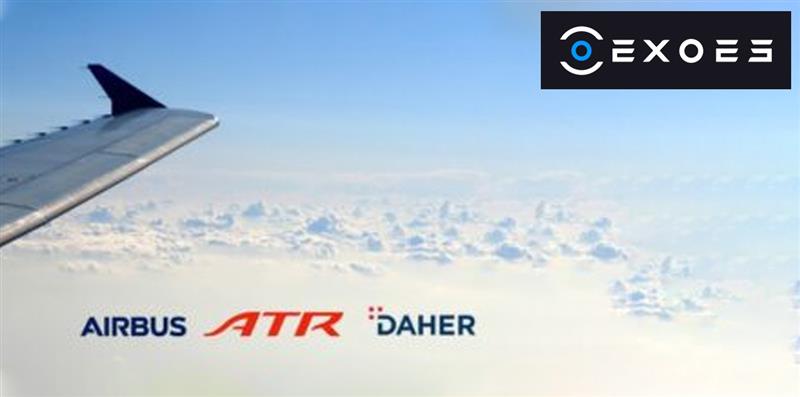Airbus, ATR and Daher Bring their Support to Exoes and the L.I.M.E Consortium
BY Composights
Published: 23 Sep 2025
The European L.I.M.E.
(Lithium-based Innovation for Modular Energy) project has officially launched
under Europe s Clean Aviation programme, securing a 5 million grant for a consortium led by Exoes, Ascendance Flight Technologies, Basquevolt,
and RWTH Aachen University.
Support from aerospace heavyweights including Airbus, ATR, and Daher reinforces
the initiative s credibility, especially as it pursues development of a
next-generation battery architecture built around lightweight composite
casings to enhance structural integrity, reduce mass, and enable safer
integration into hybrid-electric aircraft systems.
The L.I.M.E.
project aims to develop a next-generation battery system for an ultra-efficient
hybrid-electric aircraft concept. The system will be designed to meet CS-23 and CS-25 certification
standards, with a focus on safety, modularity,
and integration into future hybrid-electric propulsion
architectures.
This initiative is part of Clean Aviation s broader mission
to accelerate the decarbonization of air transport and
contribute to the European Union s climate goals.
The project addresses six key objectives for
the aerospace industry:
- Safety
& End-User-Centric Design: Design a battery system that meets
stringent certification standards and user requirements for aviation,
especially CS25 applications.
- Disruptive
Battery Innovation: Push the boundaries of current technology
with a battery system surpassing existing capabilities in cell technology,
thermal management, and composite casing.
- TRL4
Prototyping: Manufacture and test a TRL4 prototype including cell
blocks, battery management, and thermal systems, followed by ground
demonstrations.
- Digital
Twin Agility: Utilize high-fidelity digital twins to optimize
development, reduce costs, and minimize physical prototyping, ensuring
rapid design validation.
- Roadmap
to Entry Into Service: Support integration studies and create an
industrialization plan to prepare the battery system for service in
regional aircrafts, specifically targeting the ATR 42/72 for entry into
service by 2035.
- Maximize European Impact: Advance critical aviation technology to benefit European society, economy, and competitiveness by disseminating research and results widely.

Exoes, a French company specializing in high-voltage battery systems, thermal management and hazardous testing, is responsible for the design, prototyping, and testing of the cell blocks. The company brings its expertise in high-performance battery and cooling technologies and system integration to ensure performance, safety, and certification readiness.










